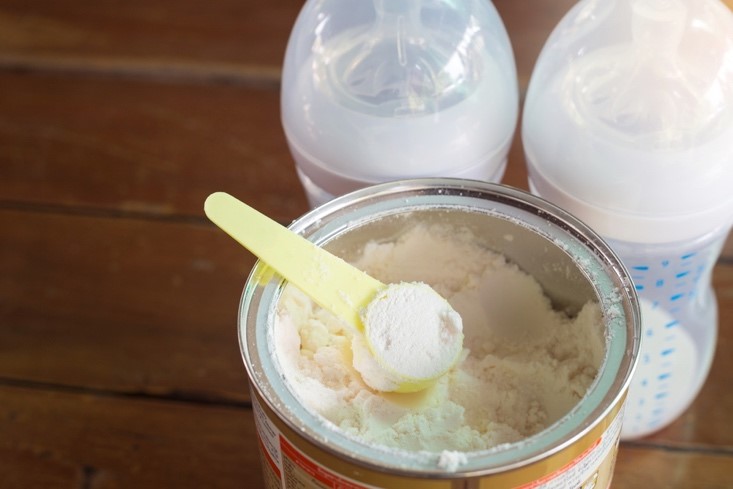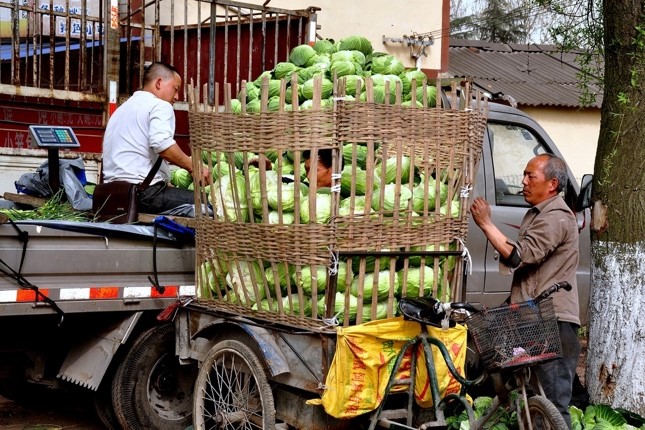FSMA Final Rule for Mitigation Strategies to Protect Food Against Intentional Adulteration
As part of the US Food Safety Modernization Act (FSMA), the US Food and Drug Administration (FDA) has issued several rules to further clarify the requirements of the regulations. This rule’s intent is to prevent deliberate adulteration of foods intended to cause widespread harm, including acts of terrorism. Although it is not specifically called a “Threat Assessment Critical Control Point (TACCP) rule, this final rule has essentially the same function.
In developing the provisions of this rule, the FDA consulted the intelligence community, as well as the food industry, to identify vulnerabilities.
Who is Covered?
The rule applies to both foreign and domestic companies whose products reach many people. At the time the FDA published the rule, 3,400 companies operating 9,800 foreign and domestic food facilities were identified as falling within the provisions. Exemptions are noted below.
Key Provisions
Because this is the first time companies have been asked to create a food defence plan, the FDA has used an approach very similar to HACCP but instead it focuses on identifying vulnerabilities.
- A vulnerability assessment must evaluate:
o The severity and scale of the impact on public health including such things as volume of product, number of servings, number of exposures, speed of flow through the distribution system, possible number of illnesses and deaths
o The physical access to the product including such barriers as gates, railings, doors, lids, seals and shields.
o How easy it would be to successfully contaminate the product
• Mitigation strategies must be identified and implemented for each step in the production process and should be tailored to the facility and its procedures. These include both broad strategies, such as a fence around the overall facility, and focused ones, such as security gates around key processing areas.
- Mitigation strategy management components:
o Monitoring: establishing and implementing the procedures and their frequency
o Corrective actions: planned responses if mitigation strategies are not properly implemented
o Verification: activities that ensure that the above steps are taking place
• Training and recordkeeping: personnel assigned to vulnerable areas must receive training and records must be kept of the monitoring, corrective actions and verification procedures.
Compliance Dates
As this rule is the first of its kind, and because most of the food facilities covered by this rule will also be working towards compliance with the other FSMA rules, the FDA has provided a longer timeline. The rule came into effect in July, 2016.
• Very small businesses (averaging less than $10 million per year for the last three years in sales of human food plus the value of inventory of food manufactured, processed, packed or held for a fee but without sale): five years after the publication of the final rule.
• Small businesses (employing fewer than 500 people): four years.
• All other businesses: three years.
Exemptions:
• A very small business, which would have to provide documentation to the FDA to demonstrate that the business is very small
• The holding of food except where the food is held in liquid storage tanks
• The further processing of food where the container that directly contacts the food remains intact (e.g. repacking or re-labeling)
• Activities that fall within the definition of “farm”
• Food for animals
• Alcoholic beverages under certain conditions
• On-farm manufacturing by small or very small businesses of certain foods with low risk production practices including certain types of eggs and game meats
Assistance to Industry:
• The FDA has established an Intentional Adulteration Subcommittee to develop food defense training resources for manufacturers and regulators
• They will publish guidance documents to provide additional information
• Additional tools and resources are available
• There is also a searchable Mitigation Strategies Database
• The FDA FSMA Food Safety Technical Assistance Network provides information on implementation of all FSMA rules and includes online support from experts.

-
 FeaturedRisk management
The Cost of a Breach: What a Cyberattack Could Mean for Food Safety Recalls
FeaturedRisk management
The Cost of a Breach: What a Cyberattack Could Mean for Food Safety Recalls
-
 FeaturedRisk management
Securing the Food Chain: How ISO/IEC 27001 Strengthens Cybersecurity
FeaturedRisk management
Securing the Food Chain: How ISO/IEC 27001 Strengthens Cybersecurity
-
 FeaturedRisk management
Revolutionizing Food Safety Training: Breaking Out of the “Check-the-Box” Mentality
FeaturedRisk management
Revolutionizing Food Safety Training: Breaking Out of the “Check-the-Box” Mentality
-
 GFSI Standards
GFSI 2025: Building Trust, Tech-Forward Solutions, and Global Unity in Food Safety
GFSI Standards
GFSI 2025: Building Trust, Tech-Forward Solutions, and Global Unity in Food Safety
-
 FeaturedFood Safety
Integrated Pest Management: Strategies to Protect Your Brand’s Reputation
FeaturedFood Safety
Integrated Pest Management: Strategies to Protect Your Brand’s Reputation
-
 FeaturedFood Safety Culture & Training
No Open Door Policy: Challenges That Impact Pest Control in Food Processing Plants
FeaturedFood Safety Culture & Training
No Open Door Policy: Challenges That Impact Pest Control in Food Processing Plants




